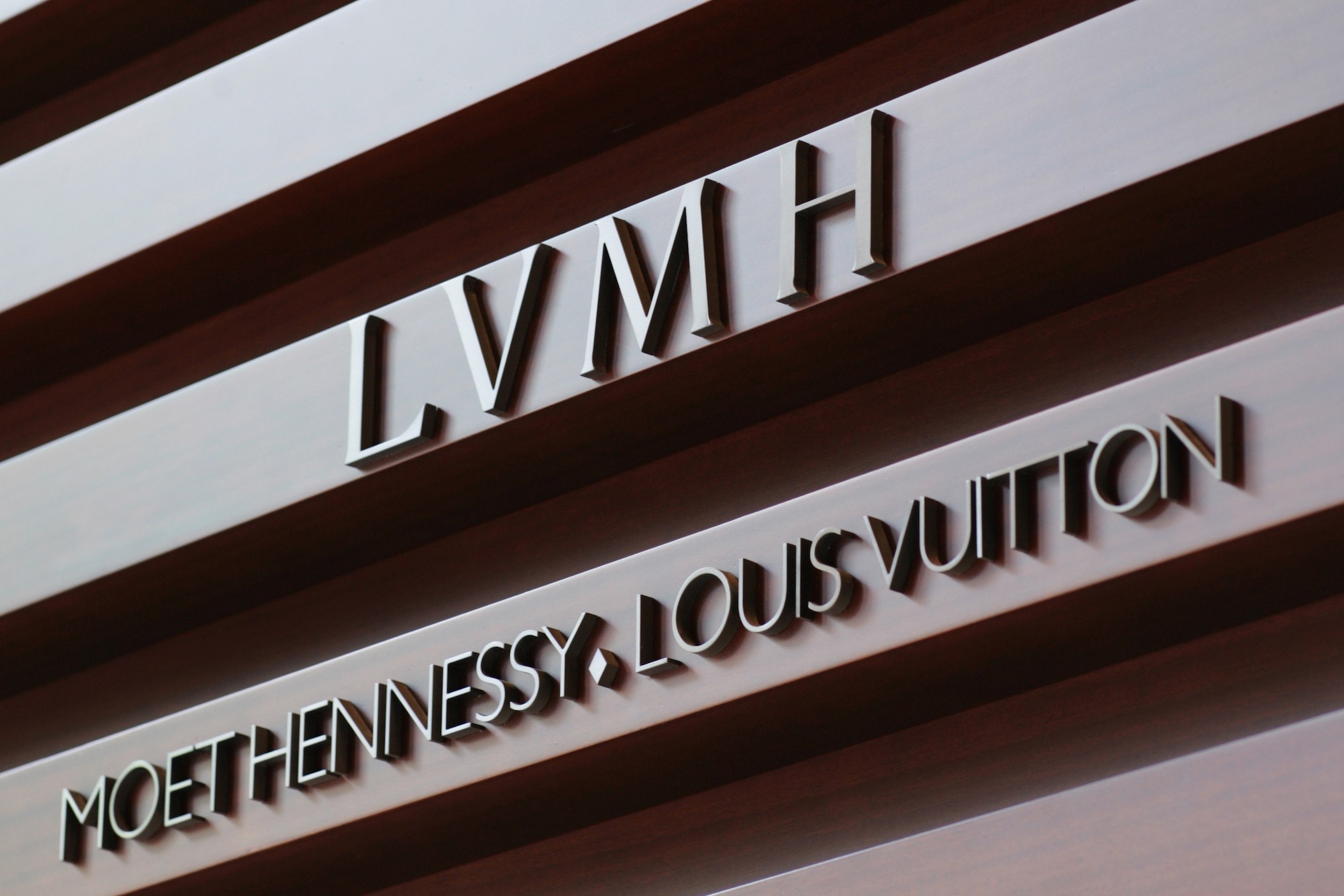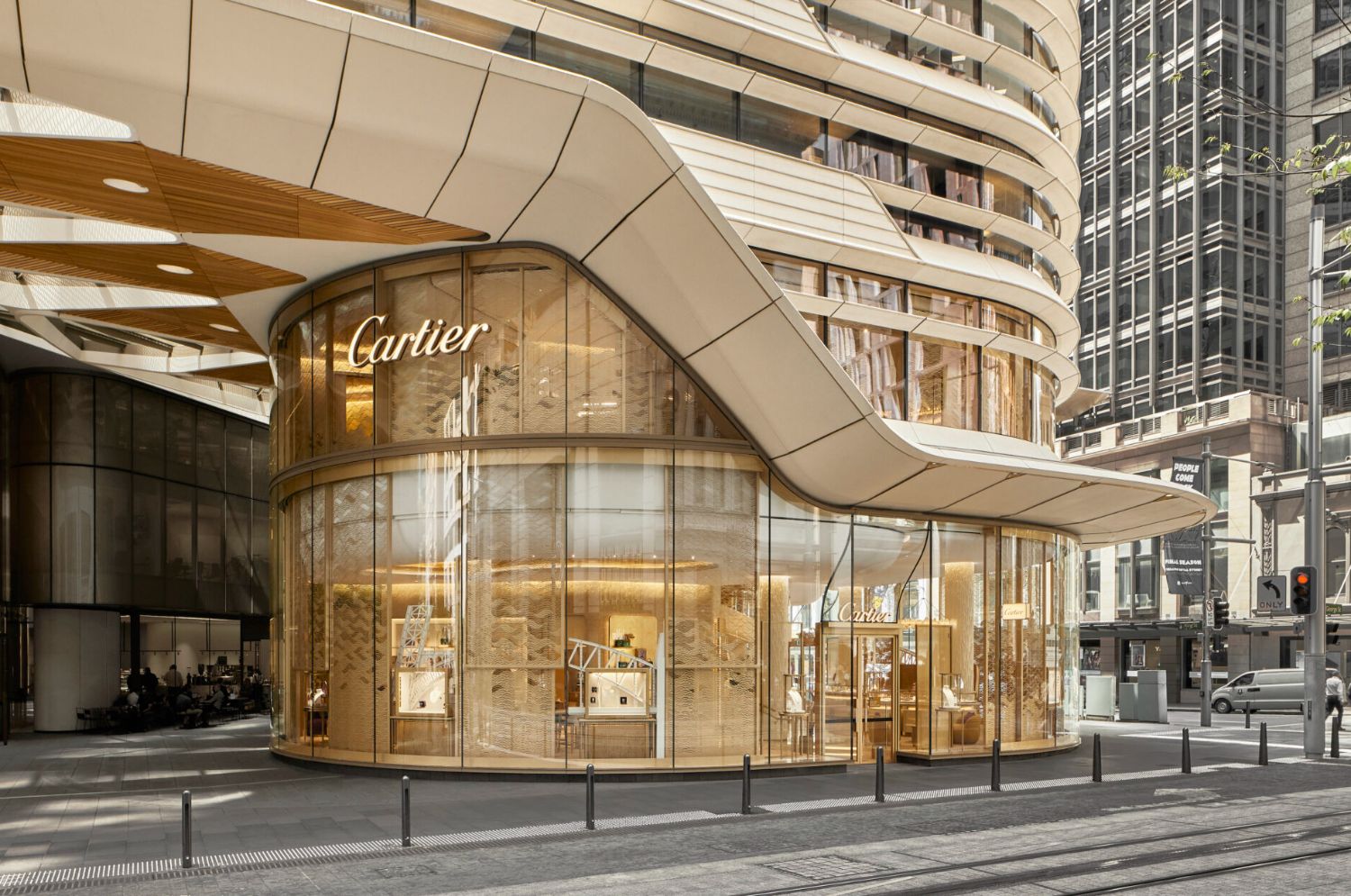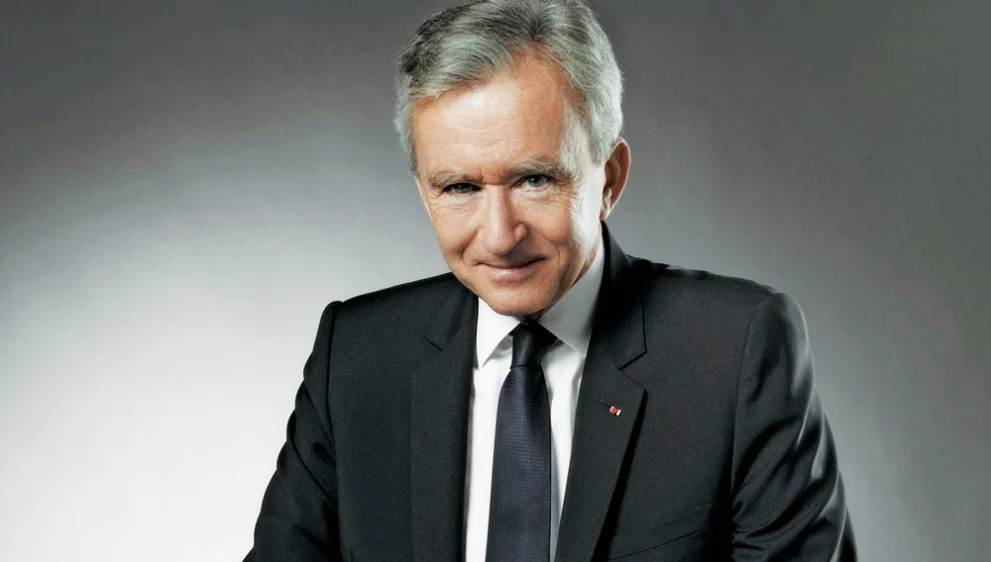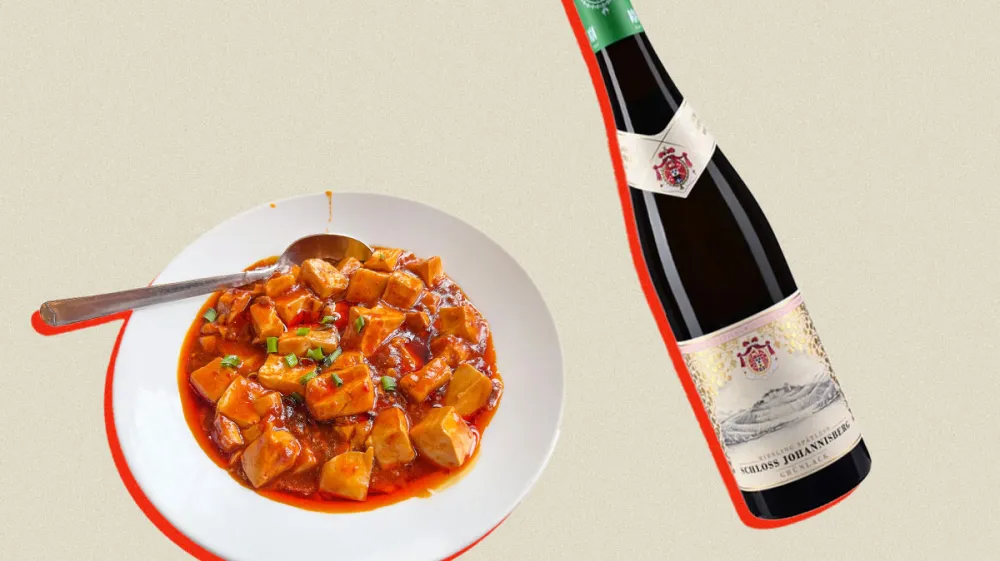
Deloitte Global Report Addresses Growth Of Luxury Goods
The study showed that the world’s top 100 firms generated revenues of approx. $385 billion in the 2019 fiscal year.
Related articles
Tradition and responsiveness are two aspects that have always characterised luxury companies and they will be further required to overcome the challenges in the post-COVID-19 landscape, according to the 2020 edition of “Global Powers of Luxury Goods” study compiled by Deloitte.
The report highlighted how the pandemic is acting as a divider between the old and new ways of doing business, with changing consumer behaviour significantly affecting luxury goods companies’ strategies.
In particular, digitalisation is opening new possibilities, while embracing sustainability and a circular economy will be key for luxury players not only in terms of business but also reputation.
“Although luxury goods companies were initially slow to adopt digital technologies, the pandemic has accelerated the use of artificial intelligence and augmented reality applications to develop rapid responses to the needs of their target of reference in a moment of emergency,” says Deloitte’s fashion and luxury leader for Italy Giovanni Faccioli.
As digitalisation is here to stay, Faccioli urged that it is “therefore becoming increasingly important for companies to have the right technologies available that allow accurate and rapid data collection and analysis, to implement new strategies aimed at increasing customer loyalty.” Yet physical stores offering a unique customer experience won’t be replaced by digital platforms but will remain the main point of reference for customers.
“Along with ominichannel and multichannel strategies, sustainability will be another element that will play a key role in the coming months,” continues Patrizia Arienti, Deloitte EMEA fashion and luxury leader.
Global luxury brands have been investing significantly in green technologies and other measures, such as carbon offsetting to fight against climate change, but further effort is required to match consumer expectations.
“Being sustainable does not mean limiting oneself to supply chain innovations. It involves embracing new values and making them your own, as a response to the ever-changing needs of consumers. For this reason, many luxury brands have not only taken part in initiatives managed by supranational organisations but are adopting sustainability, inclusivity and social responsibility as their own corporate core values. Now more than ever, luxury companies are looking for new ways to be close to their consumers and in order to achieve this goal, they are reinventing themselves in ways that were unthinkable just a year ago,” notes Arienti.
As for the long-gone pre-pandemic era, last year the luxury goods market reported an increase in its overall value, but already registered a lower growth rate, according to Deloitte’s report, which also identified the 100 largest luxury goods companies based on their performance across geographies and product sectors from Jan. 1 to Dec. 31, 2019.
Among the causes impacting growth last year, the effect of protectionist policies and trade restrictions were listed as the most important, with big luxury goods markets such as China and the U.S. both registering lower year-on-year growth.
In particular, the world’s top 100 luxury goods companies generated revenues of approx. $385 billion in the 2019 fiscal year, up $46 billion compared to the previous year, while the 8.5 percent annual growth rate showed a slowdown compared to the 10.8 per cent increase registered in 2018.
For the third year in a row, the top 10 companies in the ranking were the same. The best-performing were LVMH Moët Hennessy Louis Vuitton — which has headed the list since the 2014 fiscal year; Kering; The Estée Lauder Companies Inc., and Compagnie Financière Richemont. In the 2020 report, L’Oréal Luxe ranked fifth instead of Chanel, which slid to the sixth position and was followed by EssilorLuxottica. Chow Tai Fook Jewelry Group Limited; PVH Corp., and The Swatch Group Ltd. completed the ranking of the top 10 companies, whose aggregated luxury good sales accounted for 51.2 per cent out of the total sales generated by the 100 firms. Registered for the first time in seven editions of the report, this figure highlighted a shift toward a concentration in the industry.
“The trend that has been emerging in recent years is a strong concentration of the market, dictated by the expansive strategies of the companies, which are focusing on acquisitions to differentiate their portfolios, enter new market segments and diversify production,” confirmed Arienti.
The report showed that Italy is home to the largest number of luxury goods companies in the ranking, with 22 firms. In particular, 23 percent of these hailed from the bags and accessory category and represented more than half of this sector’s companies.
Albeit more numerous, Italian companies accounted for only 12.4 per cent of total sales, coming after France, the U.S. and Switzerland. Driven by its luxury conglomerates, France is the best-performing country with composite sales growth of 15.7 per cent, contributing the highest share of top 100 luxury goods sales at 28.3 per cent. The average size of French companies is around $12 billion, more than three times greater than the top 100 average.
Yet luxury sales by Italian firms were up 4.7 per cent, registering a positive performance compared to the flat sales of the previous year.
EssilorLuxottica, Prada Group and Giorgio Armani were the top three Italian players in the chart, ranking seventh, 19th and 26th, respectively. Their aggregate sales accounted for half the sales generated by all the Italian firms in the list.
Moncler, Ermenegildo Zegna and Euroitalia reported double-digit sales increases, and fashion companies returning to growth in 2019 included Armani and OTB.
Moncler scored the third-highest net profit margin in the whole top 100 ranking, following leading Brazilian jeweller Vivara and Hermès, and was included in the top 20 fastest growing companies for the fifth year in a row. This specific list — headed by Richard Mille and Canada Goose Holdings Inc. — also saw the debut of Euroitalia, which reported a compound annual growth rate of 16.6 percent for the 2016-2019 period.
In terms of product categories, sales were up in all sectors. In particular, cosmetics reported the highest increase — 8.5 percent — followed by jewelry and watches; apparel and footwear; bags and accessories.
The clothing and footwear sector continued to count the largest number of companies in the top 100, but they registered the smallest average size of just $1.65 billion.
The scale of these 37 companies was also linked to the fact that more than half of them are still privately owned — often by their founding families — and more than one-third of the companies are Italian, which reflects the country’s influence as the home of luxury fashion but also highlights the lack of local conglomerates.
This article was originally published on WWD.
Subscribe to the Newsletter
Recommended for you
Richemont Hit A Record $32.5 Billion In Annual Sales
The reopening of China significantly aided the luxury group’s sales in the last quarter.
May 15, 2023
Bernard Arnault’s Net Worth Just Passed $200 Billion
Elon Musk and Jeff Bezos have also achieved this feat, but Arnault is the first non-American to do it.
April 6, 2023
You may also like.
You may also like.
Watch of the Week: TAG Heuer Formula 1 | Kith
The legendary sports watch returns, but with an unexpected twist.
Over the last few years, watch pundits have predicted the return of the eccentric TAG Heuer Formula 1, in some shape or form. It was all but confirmed when TAG Heuer’s heritage director, Nicholas Biebuyck, teased a slew of vintage models on his Instagram account in the aftermath of last year’s Watches & Wonders 2023 in Geneva. And when speaking with Frédéric Arnault at last year’s trade fair, the former CEO asked me directly if the brand were to relaunch its legacy Formula 1 collection, loved by collectors globally, how should they go about it?
My answer to the baited entreaty definitely didn’t mention a collaboration with Ronnie Fieg of Kith, one of the world’s biggest streetwear fashion labels. Still, here we are: the TAG Heuer Formula 1 is officially back and as colourful as ever.
As the watch industry enters its hype era—in recent years, we’ve seen MoonSwatches, Scuba Fifty Fathoms, and John Mayer G-Shocks—the new Formula 1 x Kith collaboration might be the coolest yet.

Here’s the lowdown: overnight, TAG Heuer, together with Kith, took to socials to unveil a special, limited-edition collection of Formula 1 timepieces, inspired by the original collection from the 1980s. There are 10 new watches, all limited, with some designed on a stainless steel bracelet and some on an upgraded rubber strap; both options nod to the originals.
Seven are exclusive to Kith and its global stores (New York, Los Angeles, Miami, Hawaii, Tokyo, Toronto, and Paris, to be specific), and are made in an abundance of colours. Two are exclusive to TAG Heuer; and one is “shared” between TAG Heuer and Kith—this is a highlight of the collection, in our opinion. A faithful play on the original composite quartz watch from 1986, this model, limited to just 1,350 pieces globally, features the classic black bezel with red accents, a stainless steel bracelet, and that creamy eggshell dial, in all of its vintage-inspired glory. There’s no doubt that this particular model will present as pure nostalgia for those old enough to remember when the original TAG Heuer Formula 1 made its debut.

Of course, throughout the collection, Fieg’s design cues are punctuated: the “TAG” is replaced with “Kith,” forming a contentious new brand name for this specific release, as well as Kith’s slogan, “Just Us.”
Collectors and purists alike will appreciate the dedication to the original Formula 1 collection: features like the 35mm Arnite cases—sourced from the original 80s-era supplier—the form hour hand, a triangle with a dot inside at 12 o’clock, indices that alternate every quarter between shields and dots, and a contrasting minuterie, are all welcomed design specs that make this collaboration so great.
Every TAG Heuer Formula 1 | Kith timepiece will be presented in an eye-catching box that complements the fun and colour theme of Formula 1 but drives home the premium status of this collaboration. On that note, at $2,200 a piece, this isn’t exactly an approachable quartz watch but reflects the exclusive nature of Fieg’s Kith brand and the pieces he designs (largely limited-edition).

So, what do we think? It’s important not to understate the significance of the arrival of the TAG Heuer Formula 1 in 1986, in what would prove integral in setting up the brand for success throughout the 90’s—it was the very first watch collection to have “TAG Heuer” branding, after all—but also in helping to establish a new generation of watch consumer. Like Fieg, many millennial enthusiasts will recall their sentimental ties with the Formula 1, often their first timepiece in their horological journey.
This is as faithful of a reissue as we’ll get from TAG Heuer right now, and budding watch fans should be pleased with the result. To TAG Heuer’s credit, a great deal of research has gone into perfecting and replicating this iconic collection’s proportions, materials, and aesthetic for the modern-day consumer. Sure, it would have been nice to see a full lume dial, a distinguishing feature on some of the original pieces—why this wasn’t done is lost on me—and perhaps a more approachable price point, but there’s no doubt these will become an instant hit in the days to come.
—
The TAG Heuer Formula 1 | Kith collection will be available on Friday, May 3rd, exclusively in-store at select TAG Heuer and Kith locations in Miami, and available starting Monday, May 6th, at select TAG Heuer boutiques, all Kith shops, and online at Kith.com. To see the full collection, visit tagheuer.com
You may also like.
8 Fascinating Facts You Didn’t Know About Aston Martin
The British sports car company is most famous as the vehicle of choice for James Bond, but Aston Martin has an interesting history beyond 007.
Aston Martin will forever be associated with James Bond, ever since everyone’s favourite spy took delivery of his signature silver DB5 in the 1964 film Goldfinger. But there’s a lot more to the history of this famed British sports car brand beyond its association with the fictional British Secret Service agent.
Let’s dive into the long and colourful history of Aston Martin.
You may also like.
What Venice’s New Tourist Tax Means for Your Next Trip
The Italian city will now charge visitors an entry fee during peak season.
Visiting the Floating City just got a bit more expensive.
Venice is officially the first metropolis in the world to start implementing a day-trip fee in an effort to help the Italian hot spot combat overtourism during peak season, The Associated Press reported. The new program, which went into effect, requires travellers to cough up roughly €5 (about $AUD8.50) per person before they can explore the city’s canals and historic sites. Back in January, Venice also announced that starting in June, it would cap the size of tourist groups to 25 people and prohibit loudspeakers in the city centre and the islands of Murano, Burano, and Torcello.
“We need to find a new balance between the tourists and residents,’ Simone Venturini, the city’s top tourism official, told AP News. “We need to safeguard the spaces of the residents, of course, and we need to discourage the arrival of day-trippers on some particular days.”
During this trial phase, the fee only applies to the 29 days deemed the busiest—between April 25 and July 14—and tickets will remain valid from 8:30 am to 4 pm. Visitors under 14 years of age will be allowed in free of charge in addition to guests with hotel reservations. However, the latter must apply online beforehand to request an exemption. Day-trippers can also pre-pay for tickets online via the city’s official tourism site or snap them up in person at the Santa Lucia train station.
“With courage and great humility, we are introducing this system because we want to give a future to Venice and leave this heritage of humanity to future generations,” Venice Mayor Luigi Brugnaro said in a statement on X (formerly known as Twitter) regarding the city’s much-talked-about entry fee.
Despite the mayor’s backing, it’s apparent that residents weren’t totally pleased with the program. The regulation led to protests and riots outside of the train station, The Independent reported. “We are against this measure because it will do nothing to stop overtourism,” resident Cristina Romieri told the outlet. “Moreover, it is such a complex regulation with so many exceptions that it will also be difficult to enforce it.”
While Venice is the first city to carry out the new day-tripper fee, several other European locales have introduced or raised tourist taxes to fend off large crowds and boost the local economy. Most recently, Barcelona increased its city-wide tourist tax. Similarly, you’ll have to pay an extra “climate crisis resilience” tax if you plan on visiting Greece that will fund the country’s disaster recovery projects.
You may also like.
Omega Reveals a New Speedmaster Ahead of the Paris 2024 Olympics
Your first look at the new Speedmaster Chronoscope, designed in the colour theme of the Paris Olympics.
The starters are on the blocks, and with less than 100 days to go until the Paris 2024 Olympics, luxury Swiss watchmaker Omega was bound to release something spectacular to mark its bragging rights as the official timekeeper for the Summer Games. Enter the new 43mm Speedmaster Chronoscope, available in new colourways—gold, black, and white—in line with the colour theme of the Olympic Games in Paris this July.
So, what do we get in this nicely-wrapped, Olympics-inspired package? Technically, there are four new podium-worthy iterations of the iconic Speedmaster.

The new versions present handsomely in stainless steel or 18K Moonshine Gold—the brand’s proprietary yellow gold known for its enduring shine. The steel version has an anodised aluminium bezel and a stainless steel bracelet or vintage-inspired perforated leather strap. The Moonshine Gold iteration boasts a ceramic bezel; it will most likely appease Speedy collectors, particularly those with an affinity for Omega’s long-standing role as stewards of the Olympic Games.
Notably, each watch bears an attractive white opaline dial; the background to three dark grey timing scales in a 1940s “snail” design. Of course, this Speedmaster Chronoscope is special in its own right. For the most part, the overall look of the Speedmaster has remained true to its 1957 origins. This Speedmaster, however, adopts Omega’s Chronoscope design from 2021, including the storied tachymeter scale, along with a telemeter, and pulsometer scale—essentially, three different measurements on the wrist.
While the technical nature of this timepiece won’t interest some, others will revel in its theatrics. Turn over each timepiece, and instead of a transparent crystal caseback, there is a stamped medallion featuring a mirror-polished Paris 2024 logo, along with “Paris 2024” and the Olympic Rings—a subtle nod to this year’s games.
Powering this Olympiad offering—and ensuring the greatest level of accuracy—is the Co-Axial Master Chronometer Calibre 9908 and 9909, certified by METAS.

A Speedmaster to commemorate the Olympic Games was as sure a bet as Mondo Deplantis winning gold in the men’s pole vault—especially after Omega revealed its Olympic-edition Seamaster Diver 300m “Paris 2024” last year—but they delivered a great addition to the legacy collection, without gimmickry.
However, the all-gold Speedmaster is 85K at the top end of the scale, which is a lot of money for a watch of this stature. By comparison, the immaculate Speedmaster Moonshine gold with a sun-brushed green PVD “step” dial is 15K cheaper, albeit without the Chronoscope complications.
—
The Omega Speedmaster Chronoscope in stainless steel with a leather strap is priced at $15,725; stainless steel with steel bracelet at $16,275; 18k Moonshine Gold on leather strap $54,325; and 18k Moonshine Gold with matching gold bracelet $85,350, available at Omega boutiques now.
Discover the collection here
You may also like.
Here’s What Goes Into Making Jay-Z’s $1,800 Champagne
We put Armand de Brignac Blanc de Noirs Assemblage No. 4 under the microsope.
In our quest to locate the most exclusive and exciting wines for our readers, we usually ask the question, “How many bottles of this were made?” Often, we get a general response based on an annual average, although many Champagne houses simply respond, “We do not wish to communicate our quantities.” As far as we’re concerned, that’s pretty much like pleading the Fifth on the witness stand; yes, you’re not incriminating yourself, but anyone paying attention knows you’re probably guilty of something. In the case of some Champagne houses, that something is making a whole lot of bottles—millions of them—while creating an illusion of rarity.
We received the exact opposite reply regarding Armand de Brignac Blanc de Noirs Assemblage No. 4. Yasmin Allen, the company’s president and CEO, told us only 7,328 bottles would be released of this Pinot Noir offering. It’s good to know that with a sticker price of around $1,800, it’s highly limited, but it still makes one wonder what’s so exceptional about it.
Known by its nickname, Ace of Spades, for its distinctive and decorative metallic packaging, Armand de Brignac is owned by Louis Vuitton Moët Hennessy and Jay-Z and is produced by Champagne Cattier. Each bottle of Assemblage No. 4 is numbered; a small plate on the back reads “Assemblage Four, [X,XXX]/7,328, Disgorged: 20 April, 2023.” Prior to disgorgement, it spent seven years in the bottle on lees after primary fermentation mostly in stainless steel with a small amount in concrete. That’s the longest of the house’s Champagnes spent on the lees, but Allen says the winemaking team tasted along the way and would have disgorged earlier than planned if they’d felt the time was right.
Chef de cave, Alexandre Cattier, says the wine is sourced from some of the best Premier and Grand Cru Pinot Noir–producing villages in the Champagne region, including Chigny-les-Roses, Verzenay, Rilly-la-Montagne, Verzy, Ludes, Mailly-Champagne, and Ville-sur-Arce in the Aube département. This is considered a multi-vintage expression, using wine from a consecutive trio of vintages—2013, 2014, and 2015—to create an “intense and rich” blend. Seventy percent of the offering is from 2015 (hailed as one of the finest vintages in recent memory), with 15 percent each from the other two years.

This precisely crafted Champagne uses only the tête de cuvée juice, a highly selective extraction process. As Allen points out, “the winemakers solely take the first and freshest portion of the gentle cuvée grape press,” which assures that the finished wine will be the highest quality. Armand de Brignac used grapes from various sites and three different vintages so the final product would reflect the house signature style. This is the fourth release in a series that began with Assemblage No. 1. “Testing different levels of intensity of aromas with the balance of red and dark fruits has been a guiding principle between the Blanc de Noirs that followed,” Allen explains.
The CEO recommends allowing the Assemblage No. 4 to linger in your glass for a while, telling us, “Your palette will go on a journey, evolving from one incredible aroma to the next as the wine warms in your glass where it will open up to an extraordinary length.” We found it to have a gorgeous bouquet of raspberry and Mission fig with hints of river rock; as it opened, notes of toasted almond and just-baked brioche became noticeable. With striking acidity and a vein of minerality, it has luscious nectarine, passion fruit, candied orange peel, and red plum flavors with touches of beeswax and a whiff of baking spices on the enduring finish. We enjoyed our bottle with a roast chicken rubbed with butter and herbes de Provence and savored the final, extremely rare sip with a bit of Stilton. Unfortunately, the pairing possibilities are not infinite with this release; there are only 7,327 more ways to enjoy yours.



























